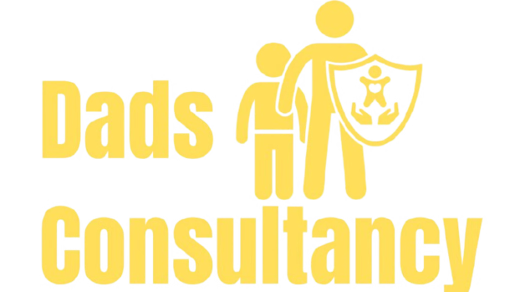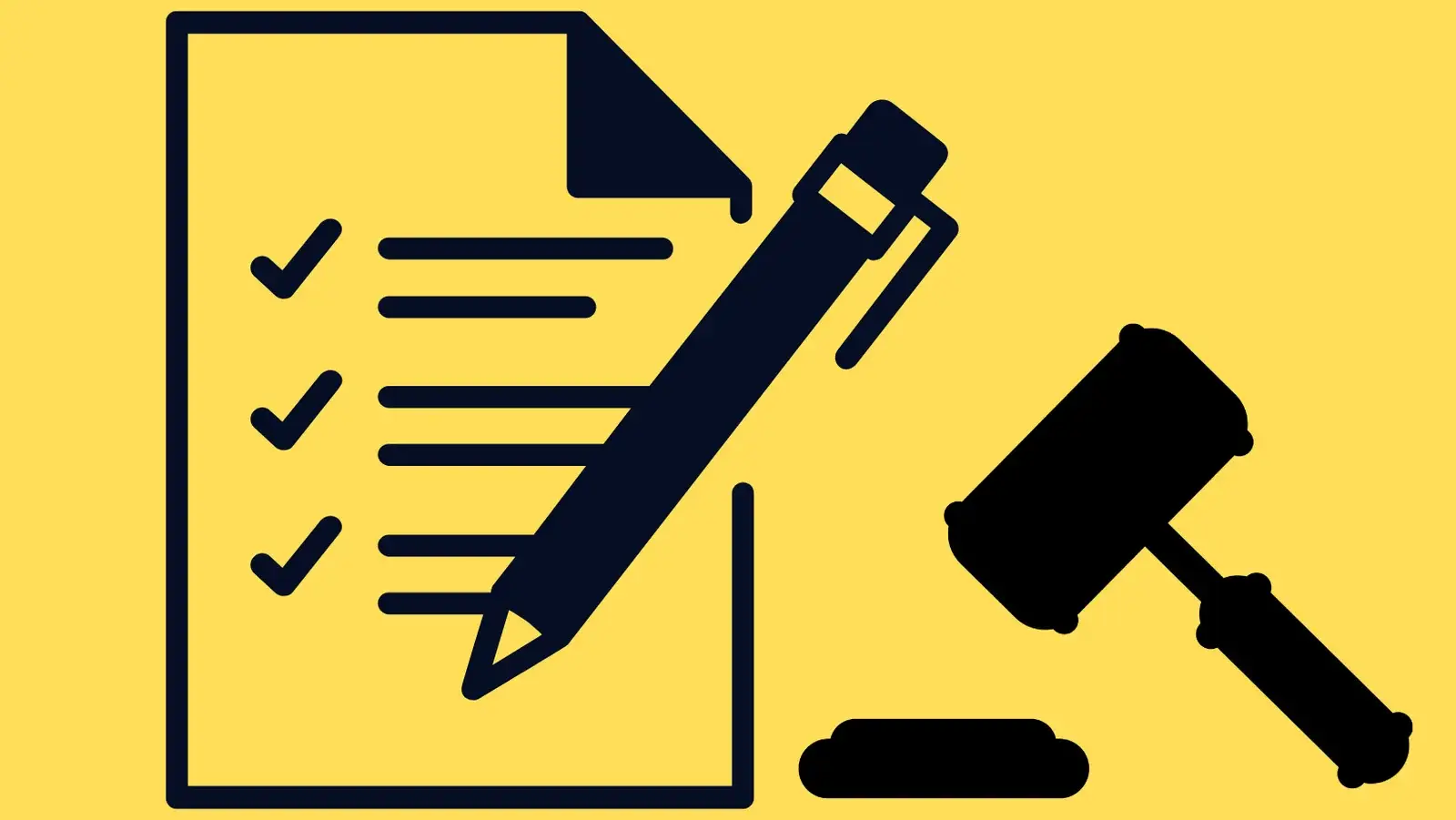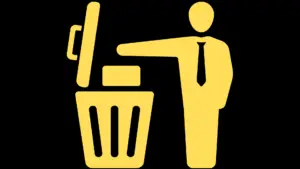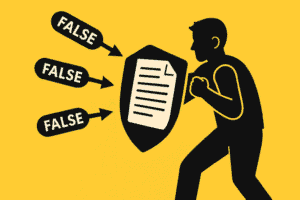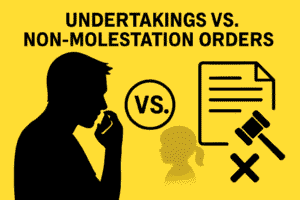The CAFCASS Welfare Checklist is at the heart of family court decisions about children. It comes directly from Section 1 of the Children Act 1989, and judges must use it every time they make an order affecting a child. For dads, understanding the checklist is essential – it’s what CAFCASS officers look for during safeguarding calls, home visits, and Section 7 reports, and it’s what the judge relies on when deciding your child’s future.
🔑 Key Takeaways
- The Welfare Checklist comes from Section 1 of the Children Act 1989 and guides every family court decision about children.
- It covers the child’s wishes, needs, safety, background, parental capability, and the likely effect of changes.
- CAFCASS officers apply it in safeguarding calls, Section 7 reports, and home visits to form their recommendations.
- Judges give significant weight to CAFCASS reports, but they are not bound to follow them if reasons are explained.
- For dads, preparation is key – being child-focused, organised, and ready with evidence makes a strong impression under the checklist.
Unsure how the welfare checklist applies to your case? Message us now on WhatsApp for expert guidance.
Quick Navigation:
What is the Welfare Checklist?
The welfare checklist is a statutory list of factors that guides every decision in family law involving children. It ensures the court stays focused on what matters most: the best interests of the child. The checklist covers the child’s wishes, needs, safety, background, and the capability of each parent.
Key Factors in the Checklist
When CAFCASS or the court apply the welfare checklist, they don’t just tick boxes. They look closely at how each factor plays out in your child’s day-to-day life. Here’s what each part of the checklist really means in practice:
- The child’s wishes and feelings: CAFCASS will listen in line with age and understanding. More weight is usually given from around 11–12, but maturity matters more than a fixed age.
- Physical, emotional, and educational needs: The court considers health, emotional stability, and schooling. Which parent can better meet these consistently?
- Likely effect of change in circumstances: Judges weigh the impact of change, preferring stability unless safeguarding concerns outweigh it.
- Age, background, and characteristics: The child’s age, sex, cultural or religious background, and other individual factors are considered.
- Harm suffered or risk of harm: Covers past abuse or neglect and the risk of future harm. Allegations are often tested through a Fact-Finding Hearing.
- Capability of parents: Both parents’ ability to meet the child’s needs – practically, emotionally, and financially – is assessed. This often includes home visits.
- The range of powers available to the court: Judges can make a wide range of orders, even if not specifically applied for, to safeguard the child’s best interests.
Need help showing CAFCASS you meet these factors? Chat with us on WhatsApp today.
Harm & Risk Assessment
Protecting children from harm is central. CAFCASS and the court examine past incidents, domestic abuse, neglect, or coercive control, and weigh the risk of these continuing. Evidence is crucial – police reports, medical notes, school concerns, or safeguarding records.
For dads, it’s important to present clear, factual evidence and stay child-focused when responding to allegations.
Parental Capability & Home Visits
CAFCASS officers often conduct home visits as part of a Section 7 assessment. They’ll look at:
- The child’s bedroom and living conditions
- Daily routines (bedtime, meals, school prep)
- Safety (cleanliness, hazards, suitable environment)
- Your interaction with the child
- Emotional warmth and ability to set boundaries
💡 Tip: It’s not about having a show home. CAFCASS want to see a safe, stable, and child-centred environment.
How CAFCASS Apply the Checklist
The welfare checklist isn’t just theory – it’s built into every stage of the case. From safeguarding calls to detailed Section 7 reports, CAFCASS apply these factors to form their recommendations. Here’s how it works in practice:
- Safeguarding checks: Initial police and social services checks before the first hearing.
- Section 7 reports: A full welfare assessment applying each checklist factor to your family.
- Parental alienation: If one parent is influencing the child against the other, the checklist is used to weigh its impact on welfare.
- Recommendations: Judges usually give weight to CAFCASS reports but are not bound by them. If they disagree, they must give reasons.
Common Mistakes Parents Make
Even good dads can weaken their case if they approach CAFCASS or court in the wrong way. Here are the slip-ups we see most often:
- Using the process to attack the other parent rather than focusing on the child.
- Not preparing for the CAFCASS interview or home visit.
- Ignoring the child’s voice or assuming age means no weight is given.
- Posting negatively about the case on social media (yes, CAFCASS can check).
- Forgetting practical details – meals, school routines, safety.
Avoid these mistakes — WhatsApp us now for personalised preparation before your CAFCASS interview or home visit.
FAQs
When it comes to the welfare checklist and CAFCASS, these are the questions dads most often ask:
What is the welfare principle in family law?
It means the child’s welfare is the court’s paramount concern – all decisions must put the child first.
How can I impress CAFCASS?
Be honest, consistent, and child-focused. Show routines, stability, and your ability to meet your child’s needs.
What powers do CAFCASS have?
They don’t make final decisions, but their reports and recommendations carry significant weight in court.
What do CAFCASS look for on a home visit?
Safety, routines, your bond with the child, and whether the home environment meets their needs.
At what age does the court listen to a child?
There’s no fixed rule, but usually from age 11–12 upwards, depending on maturity.
Do judges always go with CAFCASS recommendations?
Not always, but if they don’t, they must explain why.
Do CAFCASS look at social media?
Yes, they can consider posts if they’re relevant to safeguarding or the child’s welfare.
What questions do CAFCASS ask a child?
They may ask about feelings, routines, relationships, and wishes – always in a child-friendly, age-appropriate way.
What is the age 12 rule for CAFCASS?
There isn’t a fixed legal rule, but many courts start giving more weight to a child’s views from around age 12. What matters most is maturity and understanding, not just age.
Need Support?
The welfare checklist shapes every decision in family court. At Dads Consultancy, we prepare dads for CAFCASS interviews, safeguarding calls, and Section 7 reports so their case is clear, structured, and focused on the child.
Our services include:
- CAFCASS Call Preparation
- Section 7 Report Support
- Position Statement Writing
- McKenzie Friend Support
✅ Related Reading
- CAFCASS Call – A Guide for Fathers
- CAFCASS Safeguarding Call & Children’s Services
- Section 7 Report Pitfalls & Pathways for Dads
- Fact-Finding Hearing in Family Court
- Family Court Position Statement – Writing a Compelling One
🧠 Insider Insight: Lach, our founder, is a qualified social worker who used to write Section 7 reports for CAFCASS – the very reports that influence court outcomes. Now he helps dads respond to them. Learn more about Lach’s background.
